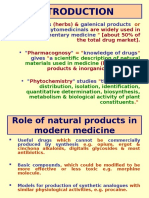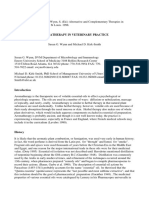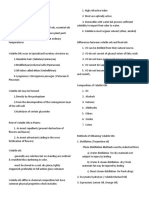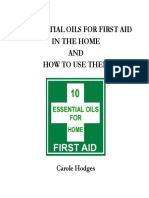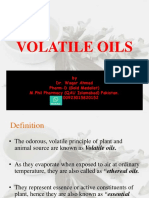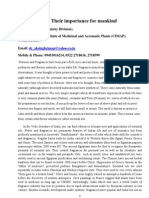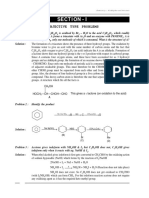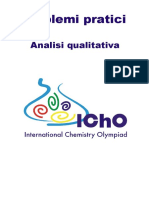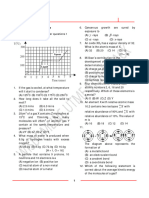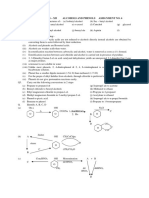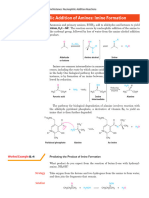0% found this document useful (0 votes)
28 views20 pagesLec 1 (Part 1)
The document discusses volatile oils, their sources, and various applications, including their historical use in ancient cultures and modern aromatherapy. It highlights the chemical composition, physical properties, and methods of preparation for these oils, as well as their roles in industries such as cosmetics and food. Additionally, it covers the localization of oils within plants and factors affecting their extraction.
Uploaded by
nussiba2025Copyright
© © All Rights Reserved
We take content rights seriously. If you suspect this is your content, claim it here.
Available Formats
Download as PDF, TXT or read online on Scribd
0% found this document useful (0 votes)
28 views20 pagesLec 1 (Part 1)
The document discusses volatile oils, their sources, and various applications, including their historical use in ancient cultures and modern aromatherapy. It highlights the chemical composition, physical properties, and methods of preparation for these oils, as well as their roles in industries such as cosmetics and food. Additionally, it covers the localization of oils within plants and factors affecting their extraction.
Uploaded by
nussiba2025Copyright
© © All Rights Reserved
We take content rights seriously. If you suspect this is your content, claim it here.
Available Formats
Download as PDF, TXT or read online on Scribd
/ 20

